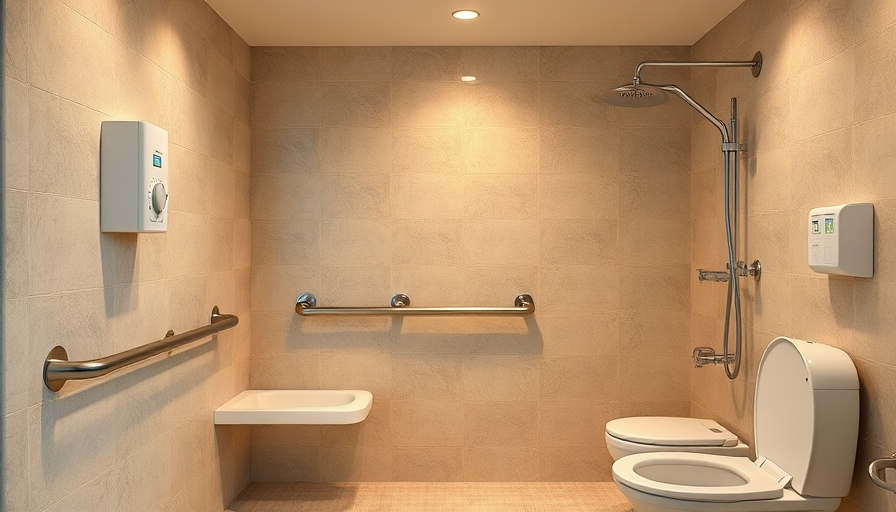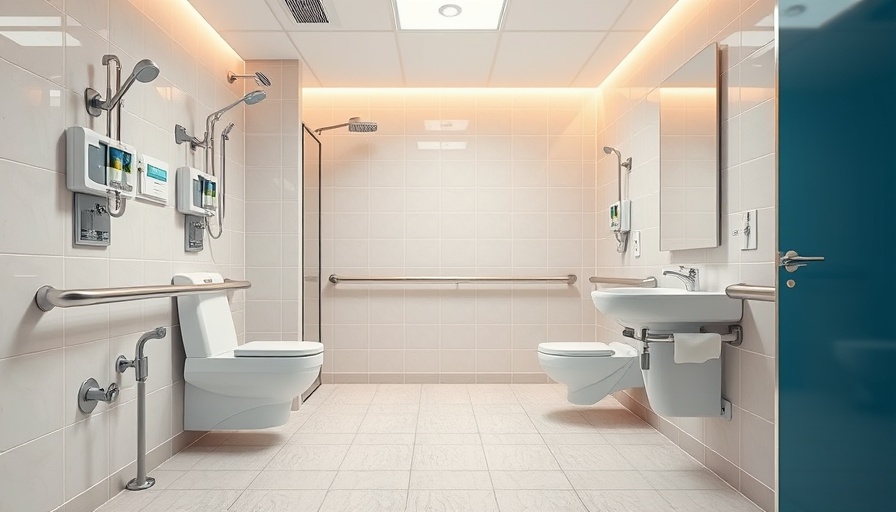
Why Safety and Accessibility in Seniors’ Homes Are Non-Negotiable
Creating a comfortable and safe living environment for seniors is essential as they navigate the complexities of aging. According to the World Health Organization, falls stand as the second leading cause of unintentional injury or death globally, particularly affecting older adults. This startling statistic emphasizes the urgent need for home adaptations that not only prevent accidents but also empower seniors to maintain their independence.
Moreover, accessibility goes beyond merely avoiding falls. It fosters a sense of dignity and autonomy for seniors, allowing them to live independently for longer periods. Modifications such as wheelchair ramps, grab bars, and wider doorways, while practical, also contribute significantly to enhancing the quality of life. Understanding these factors lays the groundwork for meaningful home updates catering to the unique needs of older adults.
Conducting a Comprehensive Home Safety Assessment
Before diving into home modifications, embarking on a thorough home assessment is crucial. This assessment aims to identify specific risks and accessibility needs and can include an analysis of the layout, flooring, lighting, and furniture arrangements. A professional assessment by an occupational therapist can uncover potential hazards, granting expert insight into tailored solutions that enhance safety.
For example, sharp-edged furniture can pose substantial risks for seniors susceptible to falls. Replacing traditional furniture with rounded corners or employing safety padding on vulnerable areas can significantly lower the injury risk. Assessing lighting to ensure it is adequate and soft helps seniors navigate their homes, particularly at night when visibility may decrease with age.
Must-Have Modifications: Enhancing Safety and Independence
Implementing key modifications can vastly improve home safety and comfort. Essential updates include the installation of grab bars, stair railings, and non-slip flooring. Grab bars placed strategically in bathrooms and hallways provide much-needed support, enabling seniors to navigate more confidently.
Staircases, often seen as minor inconveniences, can be significant hazards in multi-level homes. Ensuring proper railings on both sides not only enhances safety but also boosts seniors' confidence in maneuvering stairs. Rethinking flooring is equally important; non-slip materials, such as textured tiles, can dramatically reduce fall risks in areas like kitchens and bathrooms.
Tailoring Modifications to the Individual’s Lifestyle
Understanding each senior's lifestyle can inform specific home updates. A senior passionate about gardening may require straightforward outdoor pathways, while one who enjoys cooking might need accessible working surfaces in the kitchen. It’s essential to customize assessments to align with personal preferences and daily routines, enabling a harmonious living environment that suits the individual.
Counterarguments: Understanding Diverse Perspectives
While many advocate for extensive modifications, some seniors may resist changes due to attachment to their existing homes or fear of losing personal space. They might argue against the perceived disruption that renovations can entail. It’s vital to engage in discussions with such individuals, emphasizing the transformative benefits these updates can have on their quality of life and independence. Listening to their concerns and providing reassurance could assist in overcoming reluctance.
Encouragement: Emphasizing the Importance of Home Modifications
Ultimately, making informed decisions to enhance home safety and accessibility not only protects our loved ones but also enhances their overall well-being. By acknowledging the importance of preventive measures, families can uplift the spirits of their seniors, allowing them to age gracefully within the comfort of familiar surroundings.
Next Steps: Empowering Yourself with Knowledge
Now is the time to take stock of your loved one's living environment and consider what modifications can be made to ensure their safety and comfort. Reach out to home improvement specialists or occupational therapists for insights tailored to personal needs. Use this information to create a safer home environment, thereby allowing seniors to enjoy independence and comfort in their golden years.
 Add Row
Add Row  Add
Add 




Write A Comment